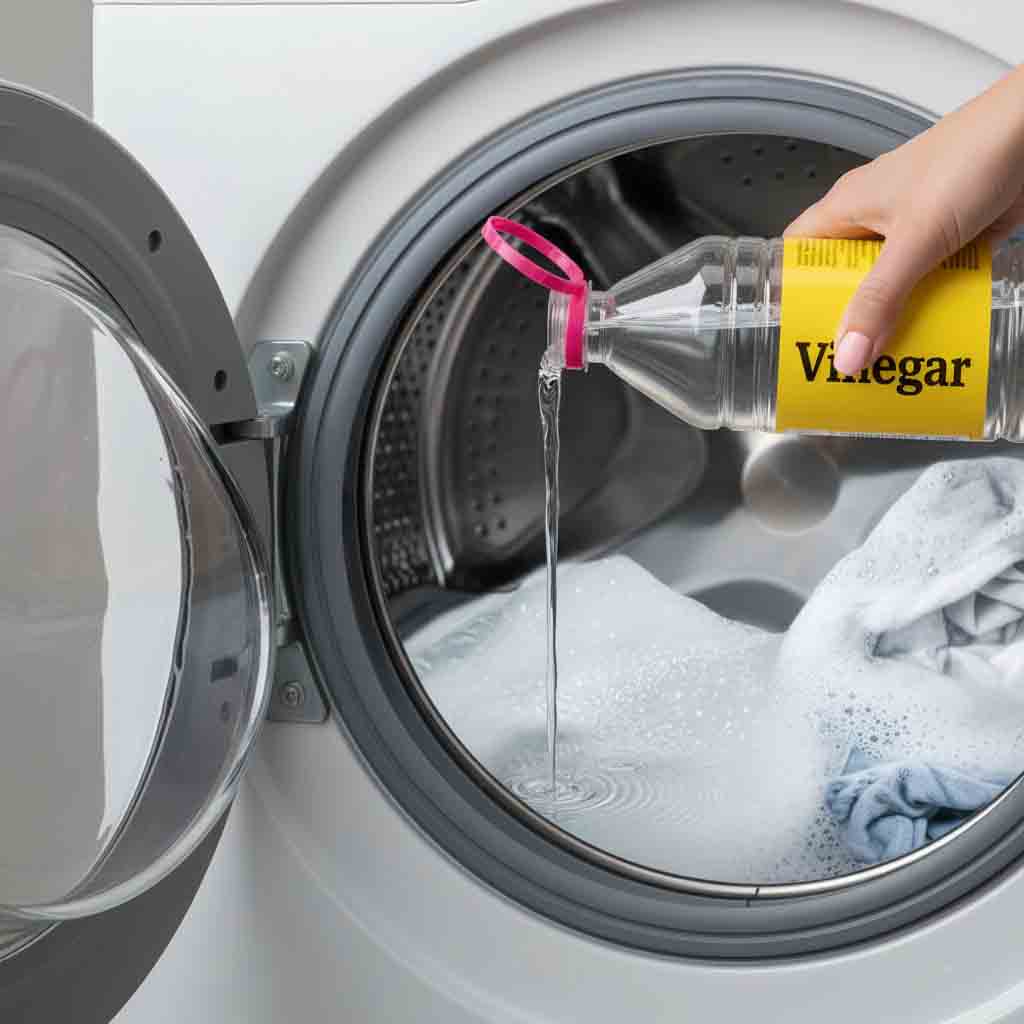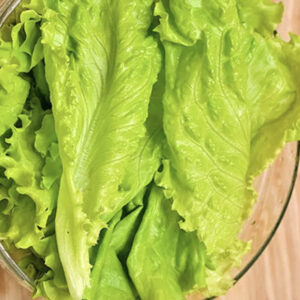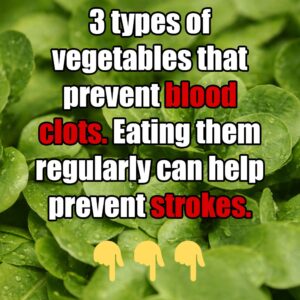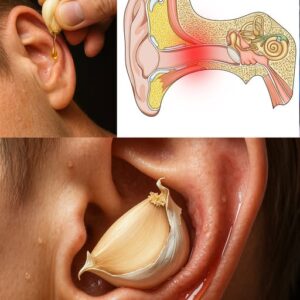Vinegar is a household staple, famous for its versatility and natural cleaning power. Yet when it comes to laundry, many people either overlook it or use it the wrong way. The result? Missed benefits, lingering odors, or even fabric damage.
Used properly, vinegar can brighten whites, soften towels, banish odors, and even extend the life of your washing machine—all without harsh chemicals. Here’s how to make the most of this humble ingredient in your laundry routine.
1. Why Vinegar Works in Laundry
White distilled vinegar is a natural fabric softener and deodorizer. Its mild acidity breaks down detergent residue and mineral deposits from hard water, both of which can make fabrics feel stiff.
- Add ½ cup to the rinse cycle to soften clothes and freshen fabrics.
- It also helps clean out your washing machine by dissolving soap scum and buildup.
2. How Vinegar Whitens Whites
Whites often look dingy due to detergent buildup or mineral deposits. Vinegar restores brightness by breaking down these residues.
- Add 1 cup of vinegar to the wash cycle with your regular detergent.
- For stubborn stains or yellowing, soak items in 1 part vinegar to 4 parts water for a few hours before washing.
3. Softer Towels, Naturally
Towels can lose their fluff over time, becoming stiff and scratchy. Vinegar revives them by cutting through residue.
- Add ½ cup to the rinse cycle when washing towels.
- For extra-stiff towels, soak in 1 gallon of warm water mixed with 1 cup of vinegar for 30 minutes before laundering.
4. Banishing Odors with Vinegar
Unlike fabric sprays that mask smells, vinegar neutralizes odors at the source.
- Add 1 cup to the rinse cycle for musty laundry, gym gear, or pet bedding.
- For strong odors, soak items in 1 part vinegar to 3 parts water for at least 30 minutes before washing.
5. Keeping Colors Vibrant
Vinegar doesn’t just help with whites—it can also brighten colored fabrics by removing dulling residues.
- Add ½ cup to the rinse cycle to protect and maintain bold colors.

6. The Right Time to Add Vinegar
To get the best results, always add vinegar during the rinse cycle, not the wash.
- Use the fabric softener dispenser if your machine has one.
- Otherwise, wait for the rinse cycle and pour it directly into the drum.
7. Pre-Treating Stains with Vinegar
Vinegar is a handy, natural stain remover.
- For stains like grass, coffee, or sweat: dab with equal parts vinegar and water, let sit 10–15 minutes, then wash.
- For tough stains: make a paste of vinegar and baking soda, apply for 15–30 minutes, then wash.
8. Common Mistakes to Avoid
- Using too much vinegar: Stick to ½–1 cup per load to prevent strong odors.
- Mixing vinegar with bleach: This creates toxic fumes—never combine the two.
- Using on delicate fabrics: Avoid vinegar on silk, wool, or specialty materials.
9. Eco-Friendly Benefits
Unlike chemical fabric softeners and stain removers, vinegar is:
- Biodegradable
- Non-toxic
- Gentle on skin
Switching to vinegar reduces your home’s chemical load, helping both your family and the planet.
10. Vinegar vs. Commercial Products
- Commercial products: May offer fragrance or extra stain-fighting power, but usually contain synthetic chemicals.
- Vinegar: A single, natural, multipurpose solution that’s cost-effective and eco-friendly.
11. Viral Laundry Hacks with Vinegar
Vinegar has become a cleaning star online. Popular hacks include:
- Washing machine refresh: Run an empty hot cycle with 2 cups of vinegar to clear out buildup and odors.
- Old towel revival: Soak in vinegar, then wash to restore softness and absorbency.
Final Thoughts
Vinegar isn’t just for salad dressings—it’s a laundry game changer. Used the right way, it whitens, softens, deodorizes, and even protects your washing machine. By avoiding common mistakes and following these tips, you can make vinegar a safe, eco-friendly, and effective part of your laundry routine.





